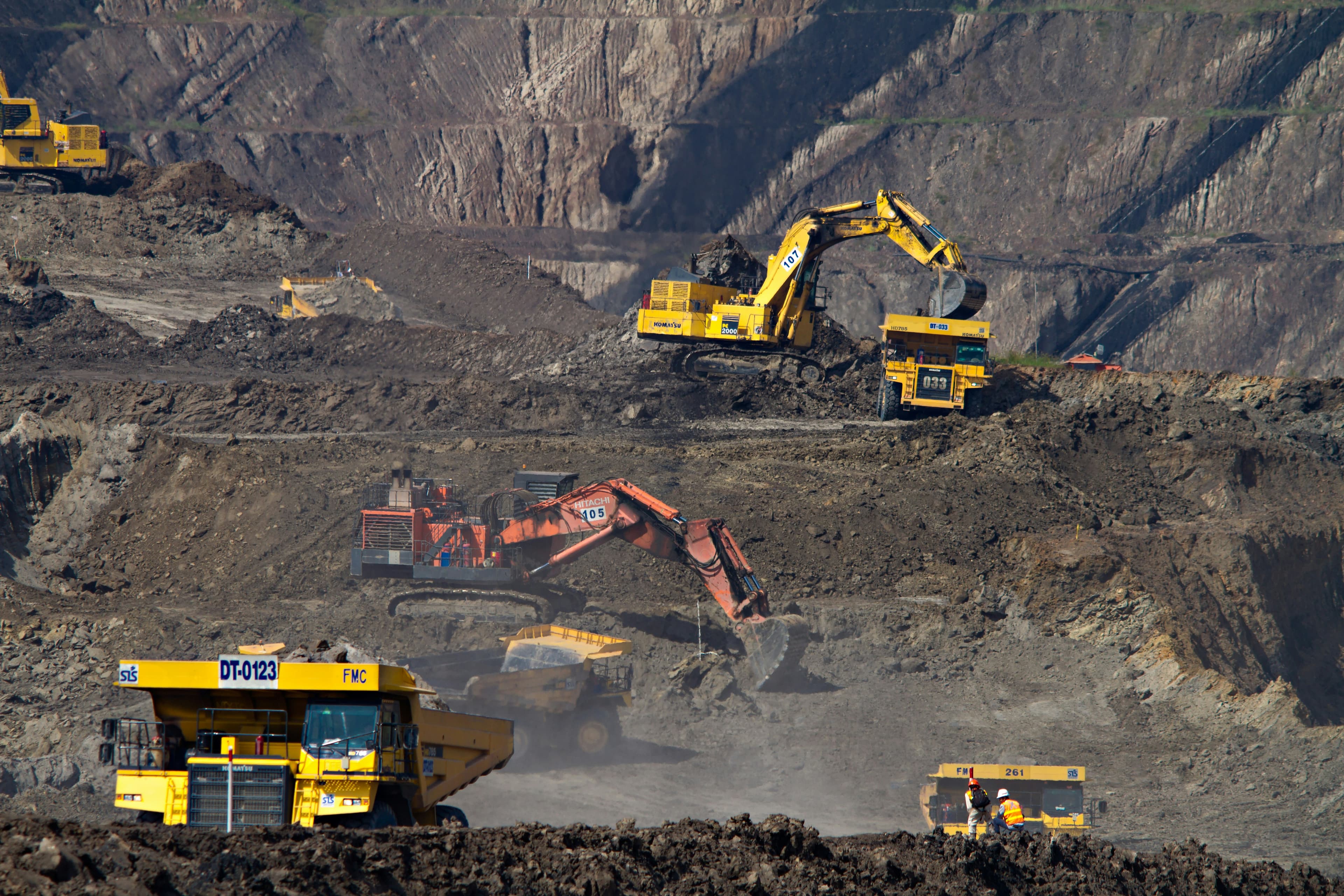
Restore tropical dry forest through mine rehabilitation
 CEMEX
CEMEX Cecodes
CecodesSummary
Mine closure initiative that restores the Tropical Dry Forest ecosystem through ecological rehabilitation, community training, and long-term monitoring.
Context
CEMEX Colombia, a leading construction materials company with operations across 26 departments, has integrated biodiversity restoration into its mining closure strategy. Recognizing the ecological importance of Colombia’s Tropical Dry Forest—one of the most threatened ecosystems in the country—the company launched several mine rehabilitation projects focused on balancing ecosystem recovery with social value creation.
Among these, the San Jorge project in Repelón, Atlántico, applies ecological and social approaches to transform post-mining areas into resilient landscapes that sustain biodiversity and benefit local communities.
Location of the Initiative: Repelón, Atlántico, Colombia
Solution
The San Jorge mine covers 60 hectares within the Tropical Dry Forest ecosystem. The project began in 2021, aiming to close and rehabilitate the mine through ecological restoration aligned with the needs of nearby communities, particularly the Rotinet district.
Key steps:
Baseline assessments: Conducted abiotic, biotic, and socio-economic characterizations to understand local conditions and define restoration strategies.
Seed and germplasm collection: Gathered native seeds and plant material, integrating community participation in propagation processes.
Nursery establishment: Created a local nursery producing 4,100 plants from 72 species across 27 plant families, including Fabaceae, Malvaceae, Anacardiaceae, and Bignonaceae.
Planting and restoration design: Implemented three rehabilitation strategies over 23 hectares, emphasizing low-density planting through strategic clusters (or nuclei) to encourage natural regeneration.
Monitoring and evaluation: Established 4 monitoring criteria and 12 indicators to track flora, avifauna, nursery performance, and soil recovery.
Community engagement and education: Partnered with the INETAR School to involve students in seed classification, nursery activities, and birdlife workshops; trained local workers and integrated them into restoration activities.
Impact
Sustainability
Climate
Restoration supports carbon sequestration through the growth of native vegetation and improved soil quality. The addition of organic matter, natural mulching, and the use of mycorrhizae enhance the soil’s ability to retain carbon and water, strengthening resilience against climate variability.
Nature
Phase 1 restoration planted 1,789 individuals from 64 species, improving habitat diversity and supporting the return of local fauna. The project restores vegetation cover, stabilizes soil, and strengthens ecological connectivity within the Tropical Dry Forest, a key biodiversity hotspot in Colombia.
Social
The initiative directly engages the Rotinet community, providing environmental education, technical training, and job opportunities. Collaboration with schools promotes environmental awareness, while partnerships with local institutions foster a sense of ownership and stewardship over restored ecosystems.
Business Impact
Benefits
Strengthened compliance with Colombian mine closure and biodiversity regulations.
Enhanced corporate reputation as a responsible operator in the construction materials sector.
Knowledge transfer to communities, schools, and regional partners.
Foundation for replicable restoration models applicable to other mining areas.
Costs
Investments were made in baseline studies, nursery establishment, monitoring infrastructure, and community training. Long-term costs are mitigated by improved land rehabilitation outcomes and potential ecotourism or educational uses of the restored area.
Implementation
Typical Business Profile
Applicable to companies in the mining, cement, and aggregates sectors aiming to integrate biodiversity and social inclusion into mine closure and post-extraction land use.
Approach
Conduct ecological and social baseline studies.
Develop restoration designs using native species and low-density planting models.
Establish nurseries in partnership with local communities or schools.
Implement multi-phase restoration (planting, monitoring, and maintenance).
Measure progress through biodiversity and soil indicators.
Stakeholders Involved
Project Leads: CEMEX Colombia Sustainability and Environmental Management teams.
Community Partners: Rotinet community and INETAR educational institution.
Technical Partners: Guayacanal Foundation and local researchers.
Other Actors: Local authorities and environmental agencies supporting restoration oversight.
Key Parameters to Consider
Initiative maturity: Early-stage implementation (Phase 1 completed).
Timeline: 2021–2030 (three intervention phases).
Ecosystem type: Tropical Dry Forest (high conservation priority).
Dependencies: Climate patterns, soil recovery rates, and community participation.
Monitoring: Based on flora, avifauna, nursery performance, and soil quality indicators.
Implementation and Operations Tips
Prioritize local plant species adapted to dry ecosystems.
Involve educational institutions to build long-term awareness.
Maintain flexible planting designs to adapt to soil and climate conditions.
Engage local communities early to build capacity and ensure continuity.